-
大马士革玫瑰(Rosa damascene Miller)属蔷薇科、蔷薇属的植物,所产玫瑰精油纯正、香气浓郁、质量稳定,符合ISO9842国际质量标准,是世界上最好的玫瑰精油生产品种之一,精油价格高于黄金数倍,被誉为“液体黄金”,在化妆品、食品、药品及保健品等领域具有广泛用途[1-2]。大马士革Ⅲ玫瑰(Rosa damascene tyigintipetala)是从大马士革玫瑰中、筛选所得优良专用油用玫瑰品种,既具有大马士革玫瑰的优点,又具有抗病力强,适应性广,产花量和出油率高的特点,广泛用于栽培生产。关于大马士革玫瑰,先前的研究主要集中在该品种的扦插育苗[3-5]、组培条件的筛选和优化以及无性繁殖体系的建立[6-7]、挥发油的提取及组分的分离和鉴定[8-9]。
花青素是一类广泛在于石竹类属、大丽花属、蔷薇属及金鱼草属等植物中的水溶性色素,属类黄酮化合物,具有抗氧化、抗突变等多种生物学功能,其中广泛分布且常见的为6种,即天竺葵色素、矢车菊色素、飞燕草色素、芍药色素、矮牵牛色素和锦葵色素[10-11]。花青素在自然界中主要以糖苷化和酰基化方式存在,不同的结合方式形成种类复杂、品种众多的花色苷。花色表现的生化机制是由于花瓣内细胞所含的类黄酮物质(花青素)、胡萝卜素和生物碱的数量与含量的差异[12]。由于花色苷的种类众多,要建立全部花色苷的检测方法十分困难,但是将花色苷水解后形成花青素单体后,进行检测,则变得简单可行[13]。
大马士革III玫瑰花青素种类和含量测定尚未有相关研究报的、呈色机理更是未知。本实验采用盐酸和甲醇作为溶剂超声提取法对花青苷进行提取,沸水浴法对花青苷水解,高效液相色谱法对大马士革III玫瑰蕾期、初开期、盛开期和盛开末期4个不同开花时期6种主要花青素(飞燕草色素、矢车菊色素、天竺葵色素、芍药素、锦葵色素、矮牵牛色素)种类及含量进行分析,拟建立大马士革III玫瑰和其他植物源性主要花青素有效、稳定的测定方法,分析大马士革III玫瑰不同开花时期花青素的种类和含量,为大马士革III玫瑰的呈色机理研究以及花色育种奠定基础。
HTML
-
Agilent 1260高效液相色谱仪(美国Agilent 公司),配二极管阵列检测器(DAD), Arium® comfort纯水仪(德国赛多利斯集团),电子分析天平(德国Sartorius bsa224s-cw型万分之一),KQ2200型超声波清洗器(昆山市超声仪器有限公司),匀浆机(德国IKA公司),水浴锅(北京市永光明医疗仪器厂)。
飞燕草色素纯物质Extrasynthese,矢车菊色素纯物质Edqm,天竺葵色素纯物质Extrasynthese,芍药素纯物质Extrasynthese,锦葵色素纯物质ChromaDex,矮牵牛色素纯物质Extrasynthese。甲醇(色谱纯,北京迪科马科技有限公司),甲酸、无水乙醇和盐酸(分析纯,成都市科龙化工试剂厂),水为超纯水,其他试剂均为分析纯。
-
从四川省绵阳市游仙区柏林镇万山柏林玫瑰专业合作社取回的大马士革III玫瑰材料,经绵阳师范学院生命科学与技术学院罗明华教授鉴定为蔷薇科蔷薇属植物大马士革Ⅲ玫瑰(Rosa damascene tyigintipetala)。2017年5月在晴天的上午,选取4个开花时期(蕾期、初开期、盛开期和盛开末期)的花蕾作为研究材料,来源于生长势一致,花蕾均匀,花色一致的4年生植株的4个单株,每株分散选取10朵花,将每个单株10朵花的花瓣全部取下,3次生物学重复,用封口袋收集后放置冰盒中储存备用。
1.1. 仪器与试剂
1.2. 试验材料
-
将200 g玫瑰花瓣样品分次用匀浆机匀浆,匀浆后样品在−18 ℃条件下保存。准确称取1.0000 g试样至50 mL具塞比色管中,加入提取液(无水乙醇、水和盐酸比例为2∶1∶1)定容至刻度,摇匀,静置1 min,超声提取30 min。超声提取后,于沸水浴中水解1 h,冷却至室温,用提取液再次定容至50 mL。静置后取上清液过0.45 μm微孔滤膜过滤,滤液上机分析,用峰面积进行外标法定量。
-
分别称取一定质量飞燕草色素、矢车菊色素、天竺葵色素、芍药素、锦葵色素、矮牵牛色素标准品,用10%盐酸甲醇溶液溶解定容,配制成0.5~1 mg/mL的单标储备液,−18 ℃遮光保存。
-
把单标储备液取用10%盐酸甲醇溶液最终配制为50.0 mg·L−1的混合标准工作液。每次将此混合标准工作液稀释成0.5 mg·L−1、1.0 mg·L−1、2.0 mg·L−1、3.0 mg·L−1、4.0 mg·L−1、5.0 mg·L−1的标准工作液,用于标准曲线的测定。
-
色谱柱:Agilent ZORBAX SB-C18(5 μm)4.6 mm×250 mm;柱温:35 ℃;流动相:1%甲酸水溶液:1%甲酸乙腈溶液,流速:0.8 mL·min−1;检测器:DAD,波长:530 nm,进样量:20.0 μL,水相滤膜0.45 μm。梯度洗脱条件见表1。
时间
Time1%甲酸水溶液
1% Formic acid solution1%甲酸乙腈溶液
0.1% Formic
Acid-Acetonitrlle流量
rate of flow
/(mL·min−1)0.00 92.0 8.0 0.8 2.00 92.0 8.0 0.8 4.00 88.0 12.0 0.8 7.00 82.0 18.0 0.8 12.00 80.0 20.0 0.8 14.00 75.0 25.0 0.8 17.00 70.0 30.0 0.8 20.00 55.0 45.0 0.8 22.00 20.0 80.0 0.8 24.00 92.0 8.0 0.8 30.00 92.0 8.0 0.8 Table 1. Gradient elution conditions of the flow phase
-
色谱的仪器检出限与仪器噪声和标准曲线斜率有关,噪声为峰高(LU),标准曲线为浓度和峰高的线性关系,具体公式如下:仪器检出限=3×仪器噪声÷标准曲线斜率;方法检出限=仪器检出限×50÷1.00(50:定容体积;1.00:称样量);定量线=3×方法检出限;利用2 mg/L的标准工作液色谱图计算噪声(ASTM),设定噪声计算时间为8~10 min。利用标准工作液的峰高得到标准曲线y=Ax+B,其中y为响应值,x为浓度,A为标准曲线斜率,B为常数项。
-
将0.5 mg·L−1、1.0 mg·L−1、2.0 mg·L−1、3.0 mg·L−1、4.0 mg·L−1、5.0 mg·L−1的标准工作液按2.4项的色谱条件测定飞燕草色素、矢车菊色素、矮牵牛色素、天竺葵色素、芍药素、锦葵色素等6种花青素的峰面积。以标准品含量(mg·L−1)为横坐标(x),以峰面积为纵坐标(y)绘制标准曲线。
-
回收率及重复性试验:精密称取空白样品3份(已测定不含这6种花青素的玫瑰花),每份约1.00 g,按50 mg·kg−1的含量进行加标,按2.1项进行定量并计算加样回收率。
-
取供试样品适量,按上述方法测定不同开花时期大马士革III玫瑰花中飞燕草色素、矢车菊色素、矮牵牛色素、天竺葵色素、芍药素、锦葵色素等6种花青素的含量。
2.1. 样品制备
2.2. 单标储备液制备
2.3. 混合标准工作液
2.4. 测定条件
2.5. 仪器检出限、方法检出限、定量限
2.6. 线性关系考察
2.7. 回收率及重复性试验
2.8. 样品含量测定
-
称样量为1.0000 g,定容体积为50 mL,飞燕草色素、矢车菊色素、矮牵牛色素、天竺葵色素、芍药素、锦葵色素等6中花青素的方法检出限为0.11、0.13、0.18、0.14、0.10 和0.10 mg·kg−1;定量限为0.33、0.39、0.57、0.42、0.30和0.30 mg·kg−1。
-
按2.6的方法测试和计算得回归方程如下:飞燕草色素:Y=99.27X−2.47(r=0.9998);矢车菊色素:Y=125.78X−4.70(r=0.9998);矮牵牛色素:Y=100.79X−3.78(r=0.9995);天竺葵色素:Y=109.37X−1.10(r=0.9999);芍药素:Y=119.53X−2.09(r=0.9999);锦葵色素:Y=107.12X−3.19(r=0.9999)。以上结果表明,6种花青素的标准曲线线性均较好,能够满足测试需要。
-
回收率试验结果见表2,6种花青素的加标回收率在63.8%~98.3%之间,平均加标回收率在64.2%~96.6%之间,加标回收的RSD分别为1.63%、1.87%、0.69%、0.34%、0.85%、0.56%,结果表明分析方法准确性良好。方法学考察结果表明该分析方法能够满足6种花青素的定量分析要求。
花青素类型
Anthocyanin type平均回收率
Average Recovery/%相对标准偏差
RSD/%飞燕草色素 92.9 1.63 矢车菊色素 96.6 1.87 矮牵牛色素 91.1 0.69 天竺葵色素 88.0 0.34 芍药素 91.1 0.85 锦葵色素 84.2 0.56 Table 2. Recovery rate of 6 anthocyanins from samples
-
高效液相色谱法分析结果表明,大马士革III玫瑰4个不同开花时期(蕾期、初开期、盛开期和盛开末期)可以检测出常见6种花青素中的两种,即矢车菊色素和天竺葵色素,而飞燕草色素、矮牵牛色素、芍药素和锦葵色素未能检出(见表3)。
花青素
Anthocyanin蕾期
Unfold-petal Stage初开期
Initial-flowering Stage盛开期
Full-flowering Stage盛开末期
Flowering-wilting Stage飞燕草色素/(mg·kg−1) 0.00 0.00 0.00 0.00 矢车菊色素/(mg·kg−1) 156.43Aa 131.45Bb 104.05Cc 84.17Dd 矮牵牛色素/(mg·kg−1) 0.00 0.00 0.00 0.00 天竺葵色素/(mg·kg−1) 4.92ABab 5.23Aa 4.68Bb 3.63Cc 芍药素 0.00 0.00 0.00 0.00 锦葵色素/(mg·kg−1) 0.00 0.00 0.00 0.00 注:采用LSD法对同一行的数据进行比较,同一行的不同小写字母表示差异显著(P<0.05),同一行的不同大写字母表示差异极显著(P<0.01)。 Table 3. Variance analysis of anthocyanin contents from Rosa damascene tyigintipetala at different flowering periods
方差分析结果表明不同开花时期大马士革III玫瑰矢车菊色素含量差异达到极显著水平(P<0.01),且矢车菊色素由蕾期开始往后,其含量逐渐降低,LSD多重比较结果显示,在4个不同开花时期矢车菊色素含量两两间差异均达到极显著水平(P<0.01)。
天竺葵色素在初开期含量最高,蕾期和盛开期含量次之,盛开末期含量最低。方差分析结果表明不同开花时期大马士革III玫瑰天竺葵色素含量差异达到极显著水平(P<0.01),LSD多重比较结果表明,天竺葵色素在蕾期和初开期含量差异不显著(P<0.01),与盛开期和盛开末期相比含量差异均达到极显著水平(P<0.01),盛开期和盛开末期相比,天竺葵色素含量差异也达到极显著水平(P<0.01)。
相关分析表明:检测出来的两种花青素(矢车菊色素、天竺葵色素)不同开花时期含量相关性不显著。
3.1. 仪器检出限、方法检出限、定量限
3.2. 线性结果
3.3. 回收率试验及重复性试验结果
3.4. 花青素的种类和含量
-
目前,对植物花青素成分的提取的研究,主要采用甲醇热回流法,该方法具有能耗大,效率低,耗时,提取温度高等[14];其次为酶解提取,该法价格昂贵,对pH值、温度和作用时间等实验条件要求高,可用于提取的梅种类不多,限制了该工艺的推广和发展[15]。本试验以植物源性食品中主要花青素成分(飞燕草色素、矢车菊色素、矮牵牛色素、天竺葵色素、芍药素和锦葵色素)为指标成分,采用盐酸和甲醇作为溶剂超声提取的方法提取目标成分,超声处理能够加快花色苷的提取,使用强酸超声提取后可直接进行水解,避免了萃取过程中的损失,目标成分的提取效率较高,分离度较好。六种主要花青素测定的线性范围、线性相关系数、仪器检出限、方法检出限、定量限、精密度试验RSD值、回收率试验RSD值、重复性试验RSD值等均达到测定标准要求。该方法简便、快速、稳定且重现性好,研究结果表明应用新建立的HPLC法,可以满足大马士革Ⅲ玫瑰样品中和其他植物源性六类主要花青素成分分析测定要求。
-
本研究发现大马士革Ⅲ玫瑰4个不同开花时期检出了矢车菊色素和天竺葵色素两种花青素,并且矢车菊色素含量在不同花期均占绝对优势,在开花过程中此两类花青素含量均随开花过程和花瓣褪色而降低,由此可以初步判定这两种花青素相应的糖苷是决定大马士革Ⅲ玫瑰花色的主要成分,开花过程中花色变化主要和矢车菊色素和天竺葵色素两种花青素相应的糖苷含量变化相关。两种花青素在初开期之前完成积累,随着花朵开放不再合成,只是逐步降解。花青苷随花朵开放含量降低,可能是因为随着花朵的开放,花瓣逐渐展开,花瓣受光面积增大,光照影响了花青苷的稳定性,使其逐步降解,从而导致含量逐步降低。
-
植物花色是观赏植物重要的性状之一,花色改良一直是园艺工作者重要的育种目标之一[16]。植物的花色不仅在吸引传粉者、为植物的授粉和繁衍后代方面起到重要作用,也为植物提供了五色斑斓的色彩,具有重要美学价值[17-18]。月季(Rosa chinenis)、玫瑰(Rosa rugosa)和野蔷薇(Rosa multiflora)是蔷薇科(Rosaceae)蔷薇属(Rosa L.)的3个物种。与大马士革Ⅲ玫瑰同属的月季花色丰富,包括红、朱红、粉、橙白、蓝紫、复色、混色各种色系,可以形成一个连接不断的环形色谱图,是开展花色研究的良好材料。相关的研究也表明,月季品种花青苷种类以天竺葵素和矢车菊素相应的糖苷为主,有些品种也富含芍药素糖苷[19-20],与本研究的结果一致。后续的研究将围绕大马士革Ⅲ及其相关近缘月季品种的花色表型及其色素分析开展,同时研究花青苷代谢途径的分子调控机理,这些工作对于准确反映蔷薇属植物花色多样性及花青苷的分布特点具有重要意义,同时也为探讨大马士革玫瑰花色的呈色机理和花色育种提供参考。






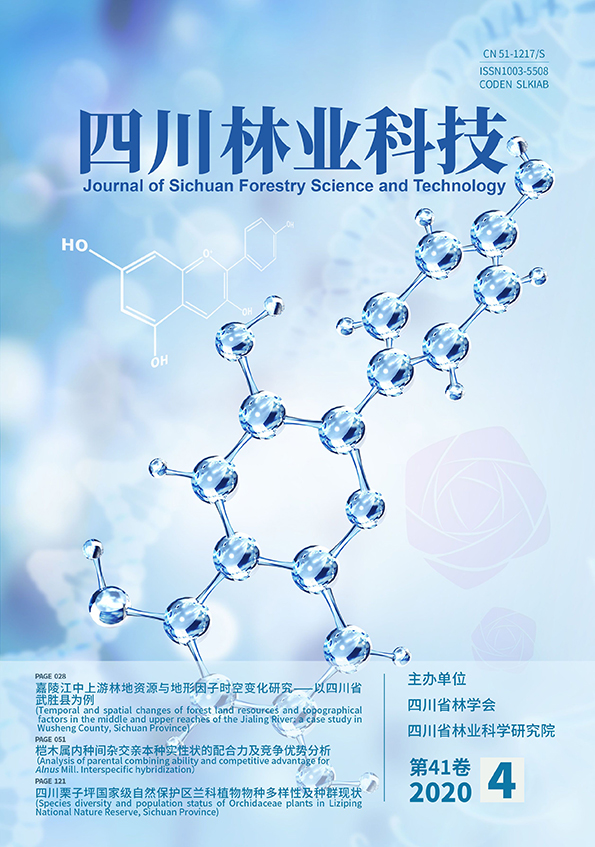




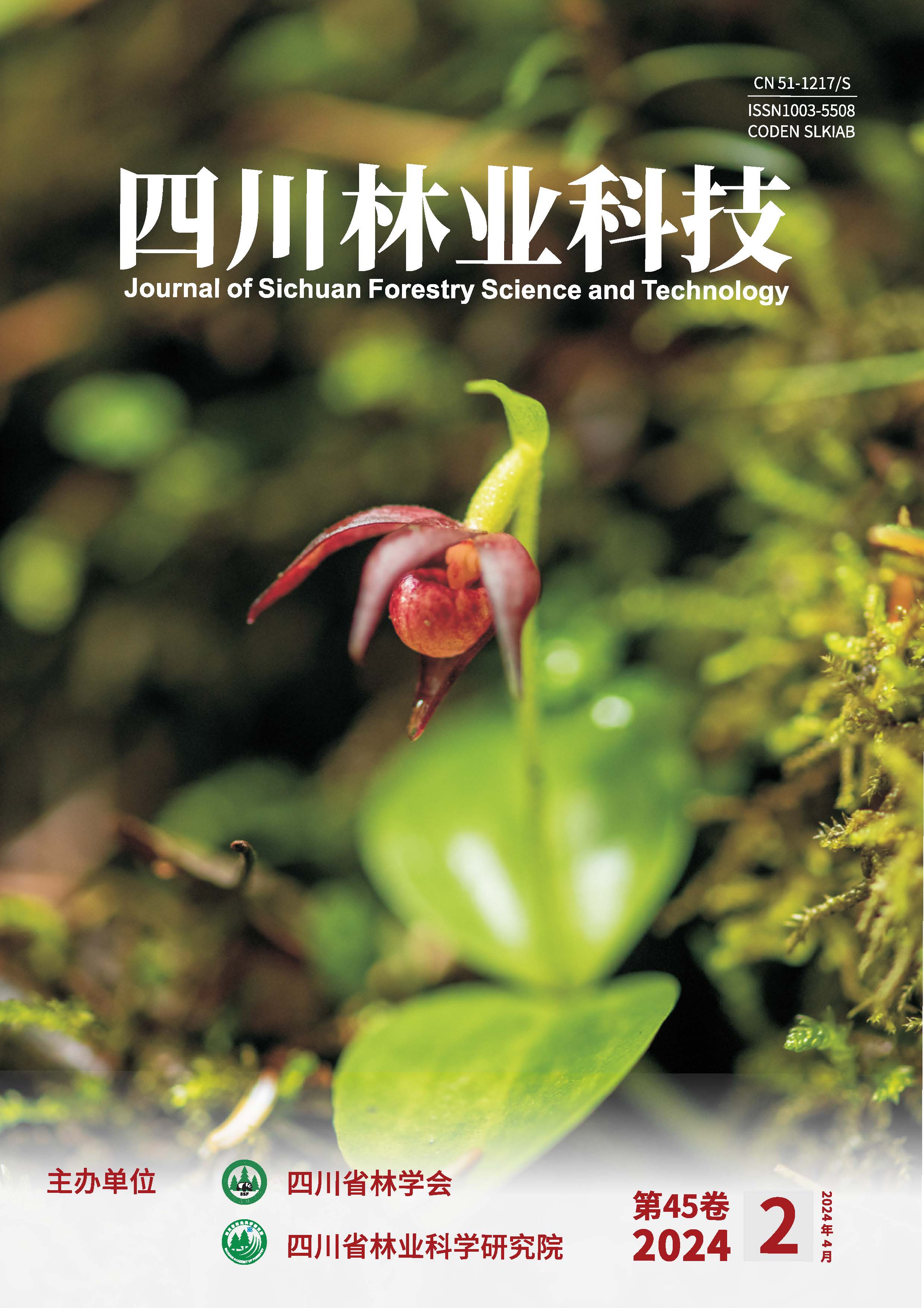
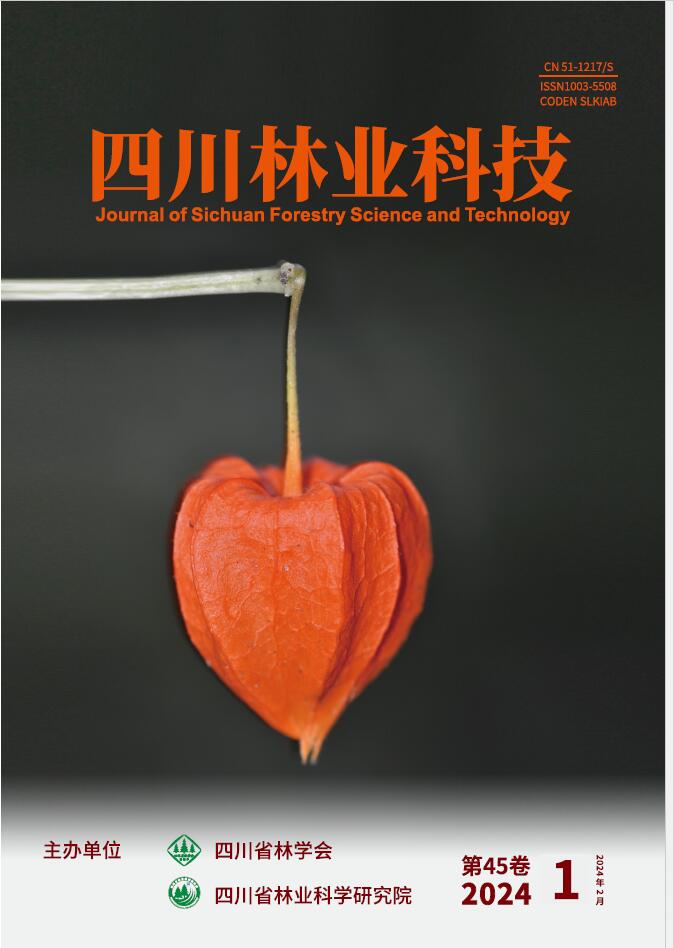
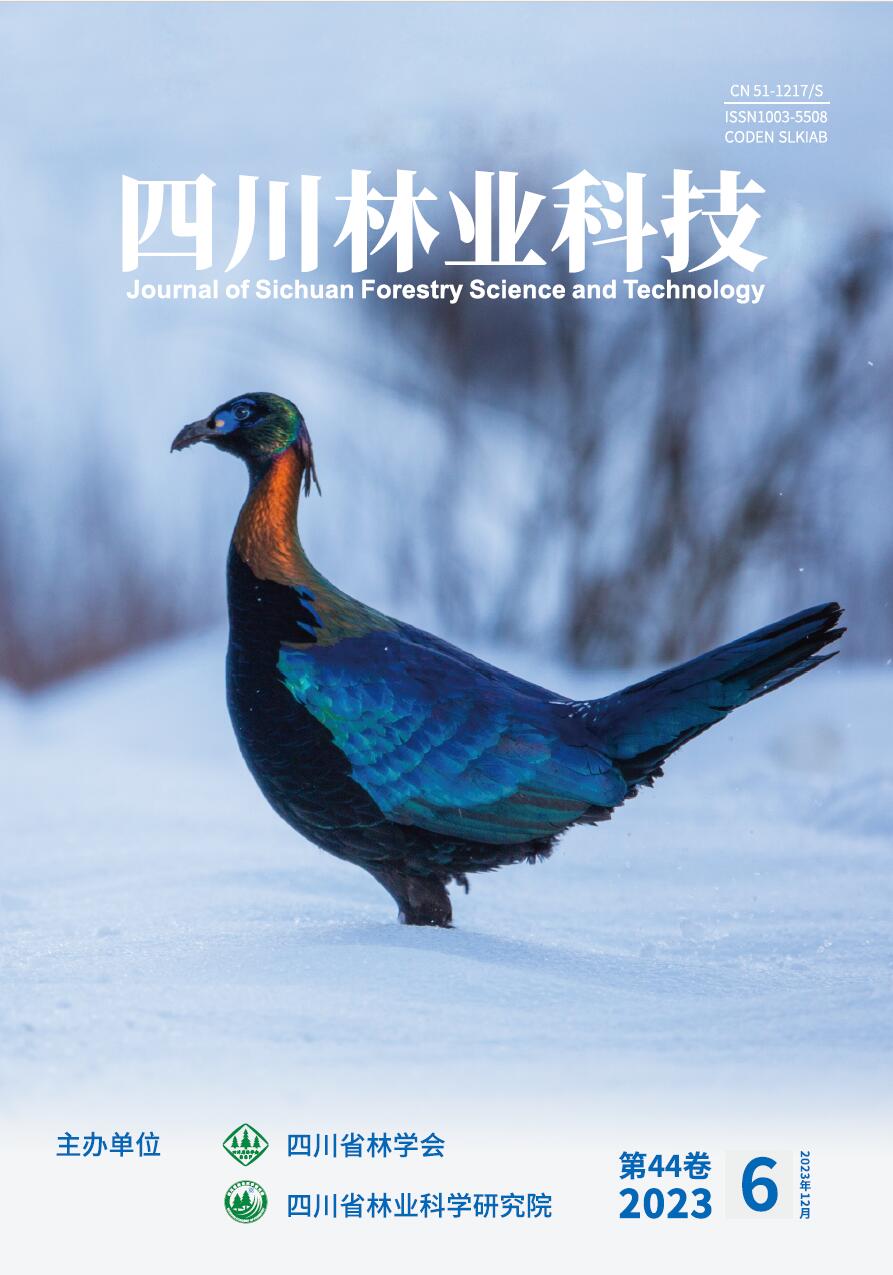
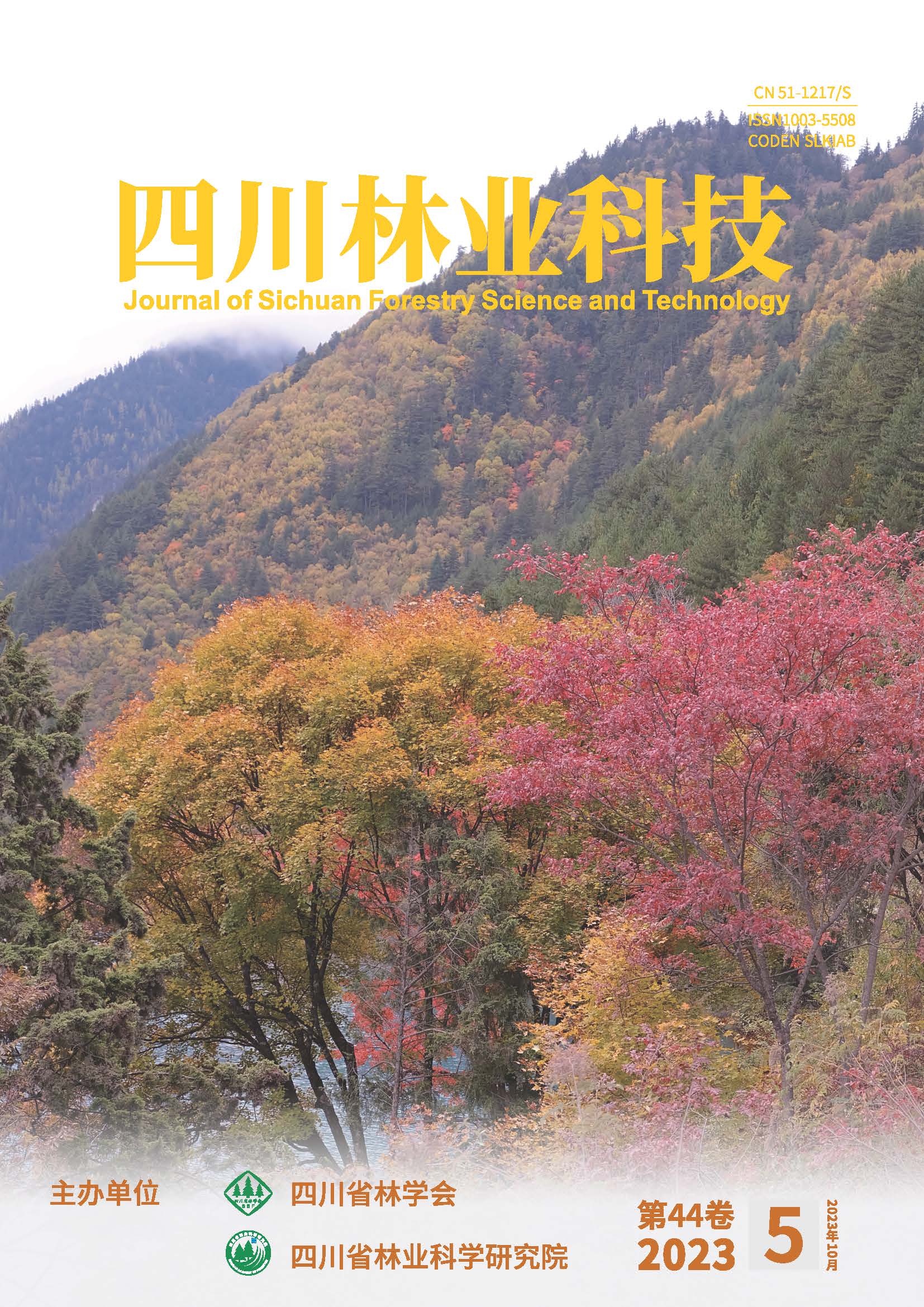
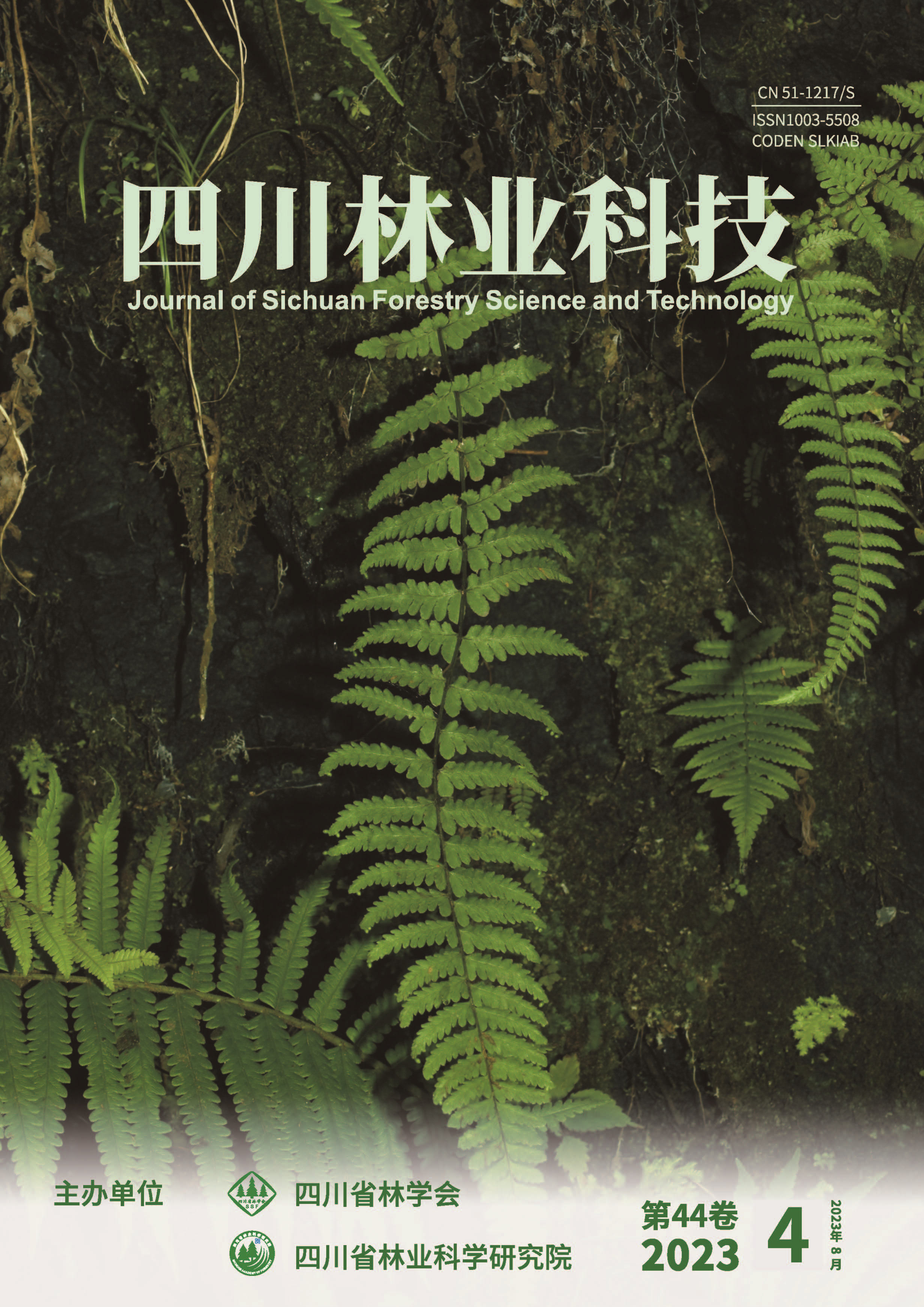
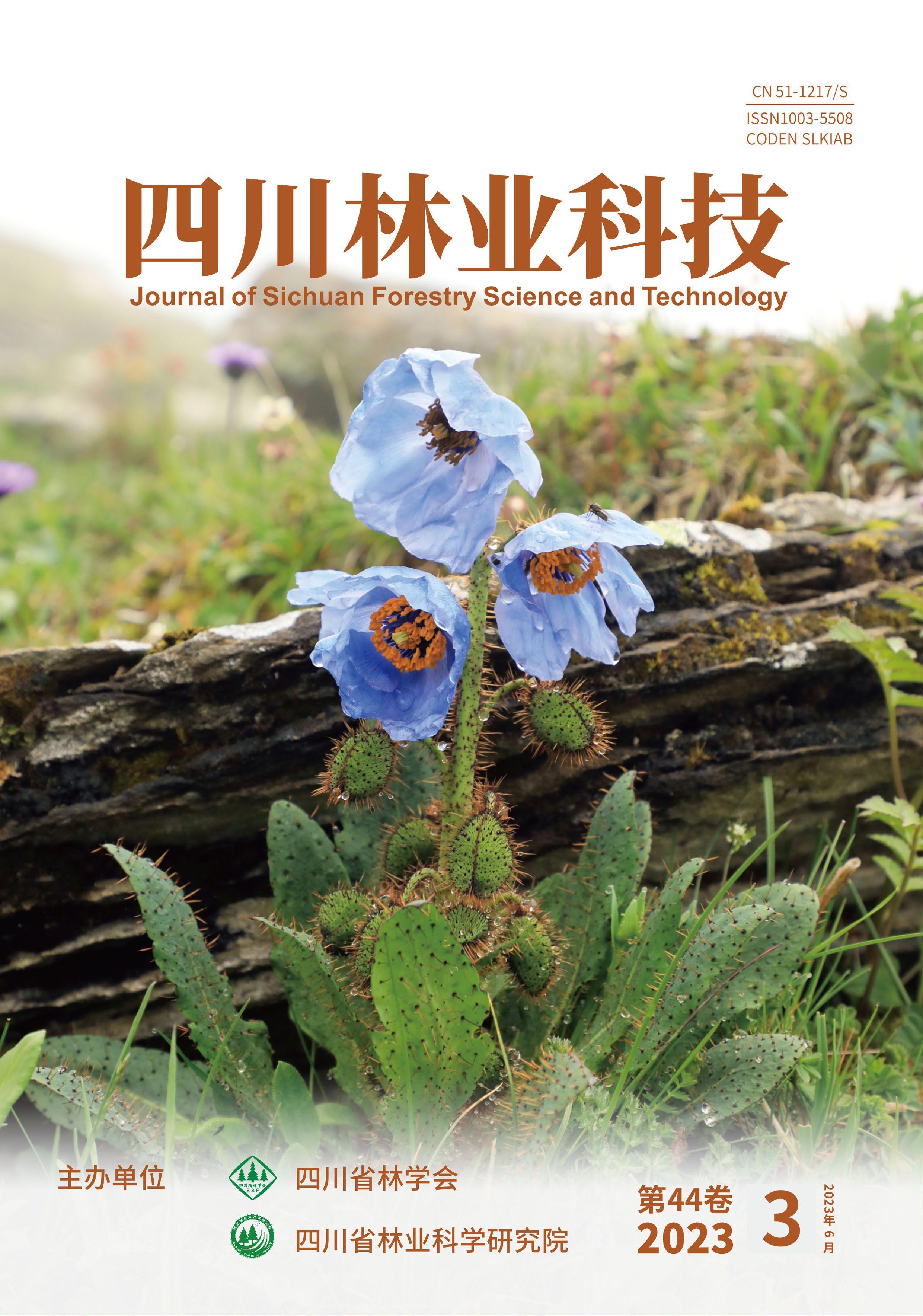
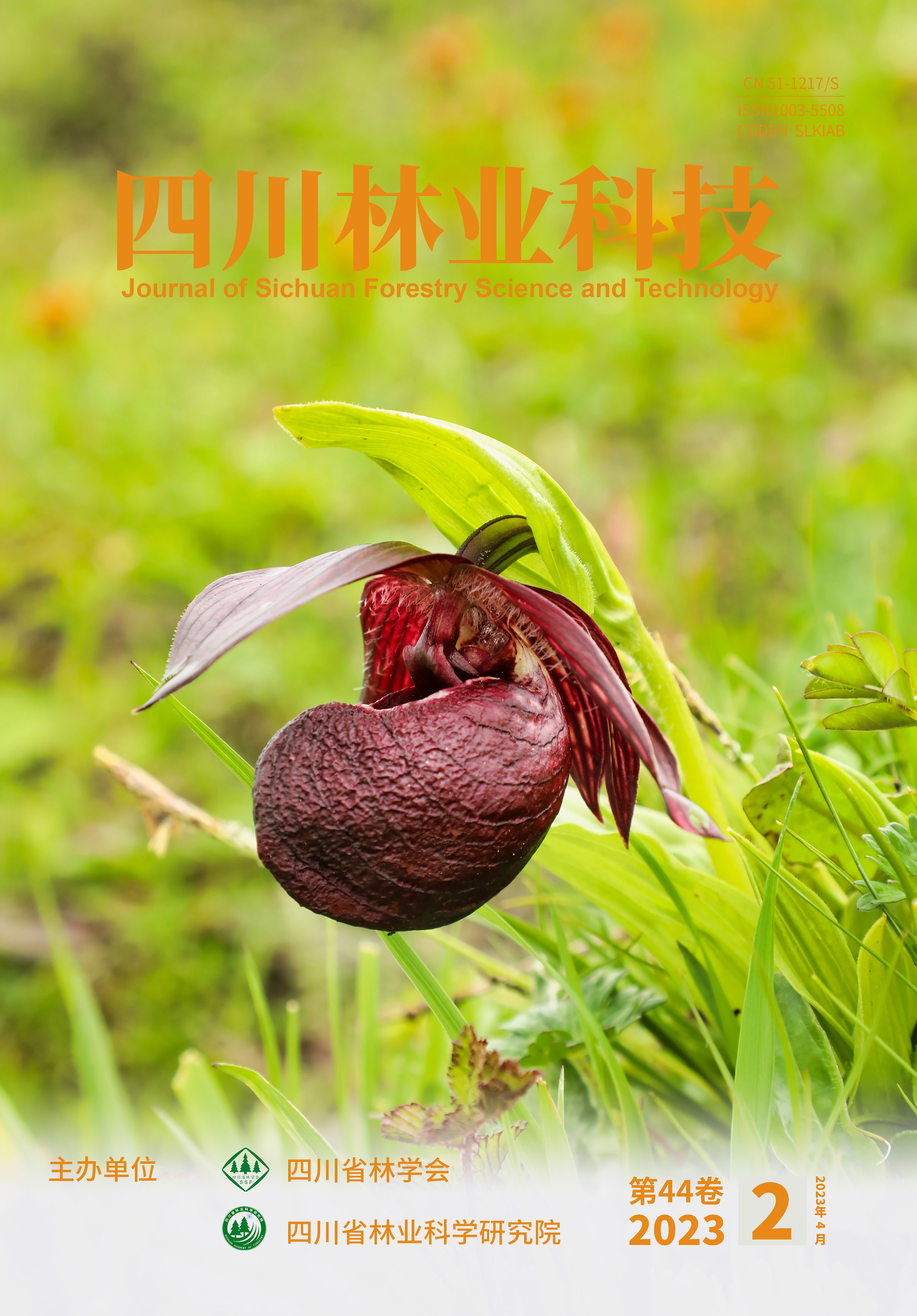
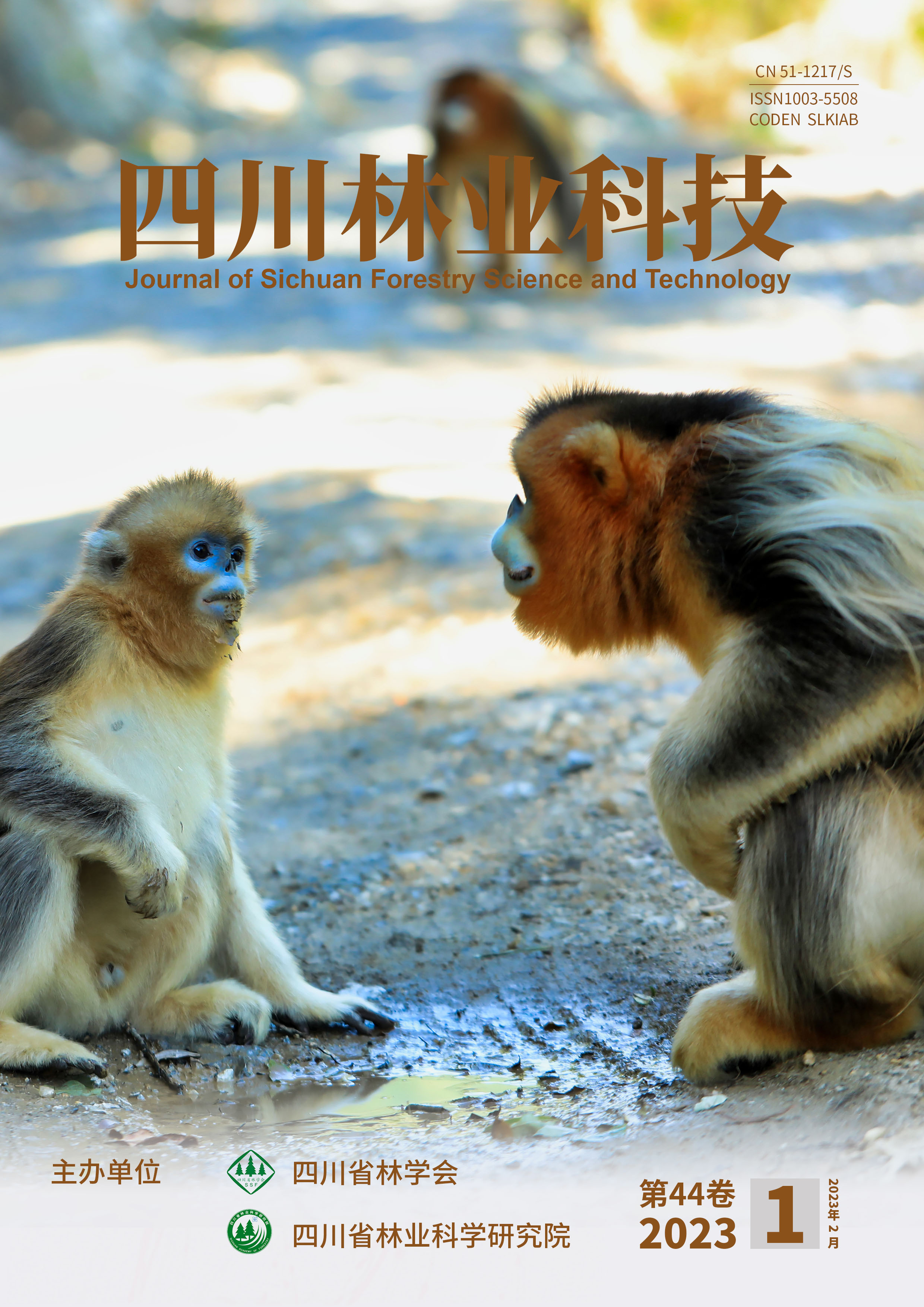


 DownLoad:
DownLoad: